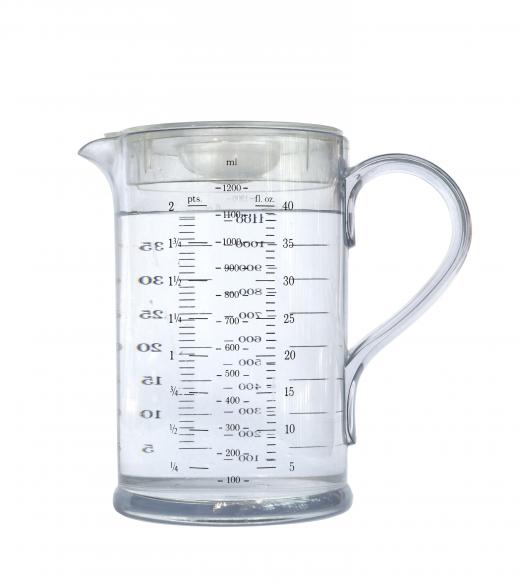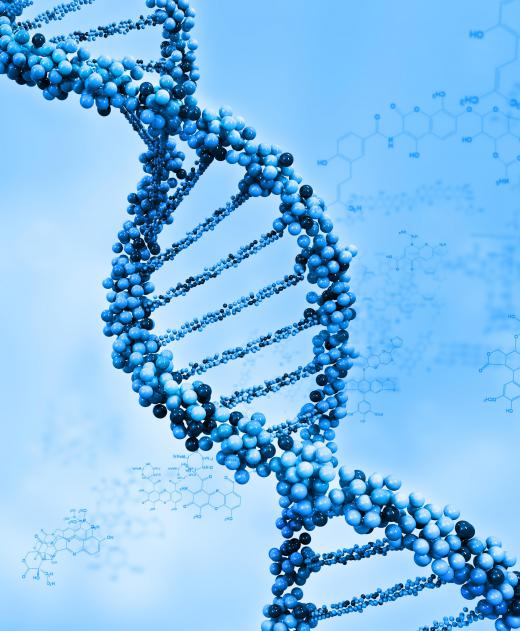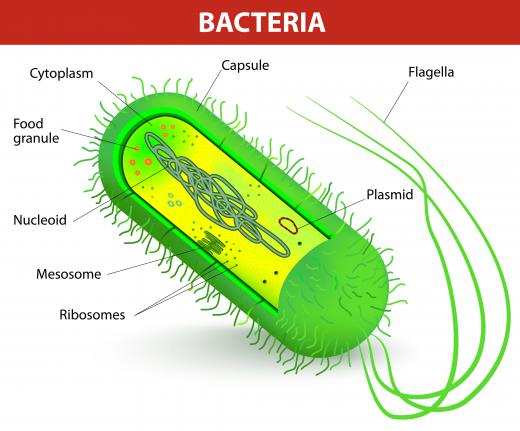How Many Species of Bacteria are There?
 Michael Anissimov
Michael Anissimov
Estimating the exact number of species of bacteria is impossible with today's technology. To really move close to having an objective number, people would need a machine that could process soil, water, and rock in large amounts, isolate the bacteria from their habitat, then sequence the genomes of as many bacteria as possible within the sample.
Today, given that sequencing a bacterial genome costs half a million US dollars and takes a few months, this is infeasible. Even if costs fall by a factor of a trillion, there are so many microbes in soil that categorizing them in this way would be prohibitively expensive.

Instead of sequencing entire genomes, bacterial surveys use snippets to distinguish between different species. This is more cost-effective than whole genome sequencing. One survey found 20,000 species of bacteria in 1 quart (about 1 liter) of seawater.
Another approach to determining the quantity of bacteria in a sample is to use a technique called DNA reassociation. In DNA reassociation, scientists use chemicals to "unzip" the two strands of the double-helix in bacterial DNA, then mix them up. Compatible DNA strands will re-link up with one another. The longer the reassociation process takes, the more species are present in the sample. These measurements of time can be used to estimate bacterial biodiversity in the ocean or soil.

When this technique was applied to a soil sample in the late 1990s, a 16,000 species were found. This technique included the assumption that the populations of different species of bacteria were approximately similar, however, which is now known to be false. An updated survey by Jason Gans found there to be about a million bacterial species per 0.035 ounces (1 gram) of soil. While only a few bacterial species dominate the soil, there is a huge number of low-abundance species.

Another approach is to use mathematical models of species diversity curves to extrapolate the total number of species in a given sample from information about the abundance of a few top species. A 2002 paper by Curtis, Sloan, and Scannel, "Estimating Prokaryotic Biodiversity and Its Limits," estimated the number of oceanic bacteria taxa at lower than 2 million, the number of soil taxa at least 4 million, and the number of atmospheric taxa at least 4 million. This study assumed that the bacterial diversity in a gram of soil was only 6,400 to 38,000 per gram, much less than found in the DNA reassociation study.
Currently, estimates of the total number of species range from about 10 million to a billion, but these estimates are tentative, and may be off by many orders of magnitude. By comparison, there are probably between 10 and 30 million species of animals, the vast majority of them insects. The number of scientifically recognized species of animals is about 1,250,000. There are almost 300,000 recognized species of plants.
AS FEATURED ON:
AS FEATURED ON:













Discussion Comments
@tunaline: Just because something is classified as staphylococcus doesn't mean it causes staph infections. It simply refers to the fact that the bacteria are round (coccus) in shape and arranged in clusters. The same goes for streptococcus, except the cocci are arranged in strips.
Did you know there's over twenty species of staphylococcus alone -- that's the bacteria that is responsible for many cases of food poisoning, as well as the dreaded "staph infection" that is so easy to get at hospitals.
The same goes for streptococcus bacteria, which is why there are several possible results for a strep test. In fact, one of the species of streptococcus is a key ingredient in making Swiss cheese -- just so you see how disparate bacteria species can be.
@pleats -- Although bacteria characteristics do play a role in determining the way that researchers divide them into genus and species of bacteria, I think that the type of thing you're thinking about is more often used to figure out what a particular bacillus or bacteria is, for instance, in a medical bacteria test.
This could refer to whether a bacteria is gram negative or positive, whether it is thermophilic or not, or even what kind of physical characteristics is has (flagellae, pseudopods, etc.)
As far as I know the whole genus/species thing is more closely related to DNA than characteristics. Hope that helps.
I assume that when it comes to the genus and species of bacteria, the distinctions are determined by the characteristics of that bacteria? Am I right?
I've been reading on this question a bit recently and there is another issue of the definition of a 'species' of bacteria.
Bacteria do not have the easily identifiable traits and/or population structures due to sexual reproduction that many eukaryotic organisms possess. When we see the term 'species' published in reference to bacteria it generally refers to 97 or 98 percent similarity between 16-S RNA nucleotide sequences.
However this is a fairly arbitrary definition of species and there is a great deal of debate as to how we can really define a bacterial species, or if it's even possible.
It may be more useful at this point to ask how many different functional groups of bacteria there are rather than how many 'species'.
Post your comments